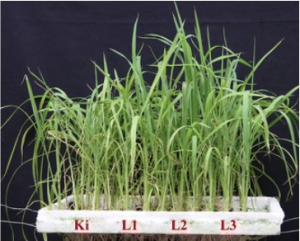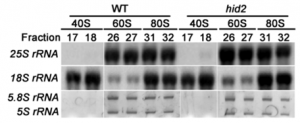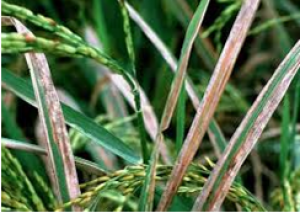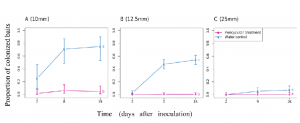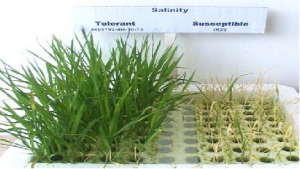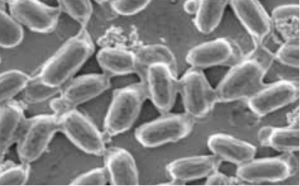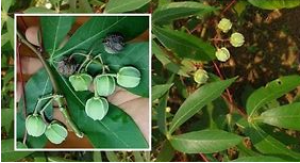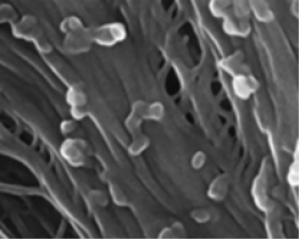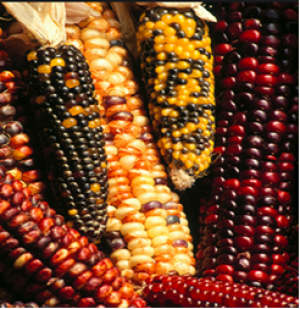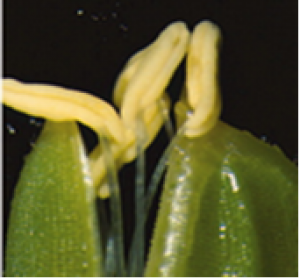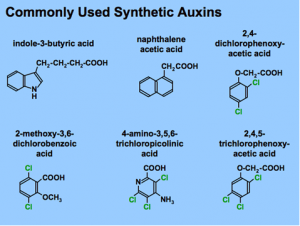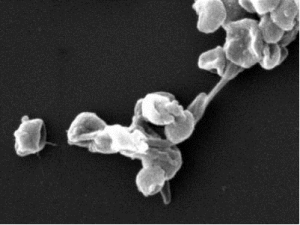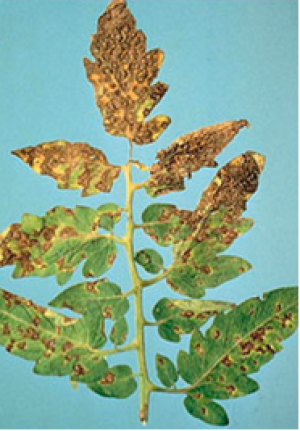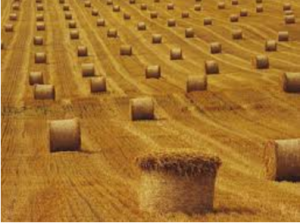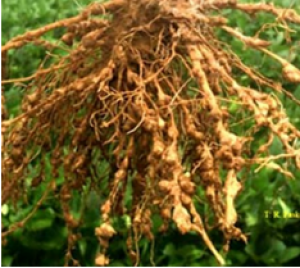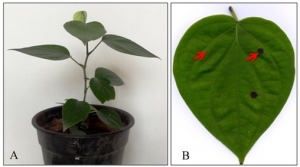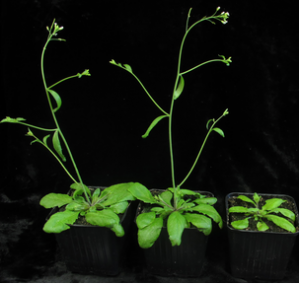|
Genome sequencing of adzuki bean (Vigna angularis) provides insight into high starch and low fat accumulation and domestication
Wednesday, 2015/10/28 | 08:34:31
|
|
Kai Yang, Zhixi Tian, Chunhai Chen, Longhai Luo, Bo Zhao, Zhuo Wang, Lili Yu, Yisong Li, Yudong Sun, Weiyu Li, Yan Chen, Yongqiang Li, Yueyang Zhang, Danjiao Ai, Jinyang Zhao, Cheng Shang, Yong Ma, Bin Wu, Mingli Wang, Li Gao, Dongjing Sun, Peng Zhang, Fangfang Guo, Weiwei Wang, Yuan Li, Jinlong Wang, Rajeev K. Varshney, Jun Wang, Hong-Qing Ling, and Ping Wan SignificanceAdzuki bean (Vigna angularis) is distinct in its high starch and low fat accumulation. However, the underlying genetic basis is still not well understood. In this study, we generated a high-quality draft genome sequence of adzuki bean by using whole-genome shotgun sequencing strategy. By comparative genomic and transcriptome analyses, we demonstrated that the significant difference in starch and fat content between adzuki bean and soybean were caused by transcriptional abundance rather than copy number variations in the genes related to starch and oil synthesis. Furthermore, through resequencing of 49 population accessions, we identified strong selection during domestication and suggested that the semiwild adzuki bean was a preliminary landrace. Generally, our results provide insight into evolution and metabolism of legumes. AbstractAdzuki bean (Vigna angularis), an important legume crop, is grown in more than 30 countries of the world. The seed of adzuki bean, as an important source of starch, digestible protein, mineral elements, and vitamins, is widely used foods for at least a billion people. Here, we generated a high-quality draft genome sequence of adzuki bean by whole-genome shotgun sequencing. The assembled contig sequences reached to 450 Mb (83% of the genome) with an N50 of 38 kb, and the total scaffold sequences were 466.7 Mb with an N50 of 1.29 Mb. Of them, 372.9 Mb of scaffold sequences were assigned to the 11 chromosomes of adzuki bean by using a single nucleotide polymorphism genetic map. A total of 34,183 protein-coding genes were predicted. Functional analysis revealed that significant differences in starch and fat content between adzuki bean and soybean were likely due to transcriptional abundance, rather than copy number variations, of the genes related to starch and oil synthesis. We detected strong selection signals in domestication by the population analysis of 50 accessions including 11 wild, 11 semiwild, 17 landraces, and 11 improved varieties. In addition, the semiwild accessions were illuminated to have a closer relationship to the cultigen accessions than the wild type, suggesting that the semiwild adzuki bean might be a preliminary landrace and play some roles in the adzuki bean domestication. The genome sequence of adzuki bean will facilitate the identification of agronomically important genes and accelerate the improvement of adzuki bean.
See: http://www.pnas.org/content/112/43/13213.abstract.html?etoc PNAS October 27 2015, vol. 112 no. 43: 13213–13218
Fig. 1. Structure of the adzuki bean genome. (A) Gray lines connect duplicated genes among chromosomes of adzuki bean, and each line indicates a duplication block containing at least 30 genes. (B) Pseudomolecules of adzuki bean. Distribution of GC content (C), repeat sequences density (D), gene density (E), expressive gene density (F), SSR density (G), and SNP density (H) in continuous 200-kb windows were shown. The GC values range from 0.30 to 0.45.
|
|
|
|
[ Other News ]___________________________________________________
|


 Curently online :
Curently online :
 Total visitors :
Total visitors :
(12).png)
